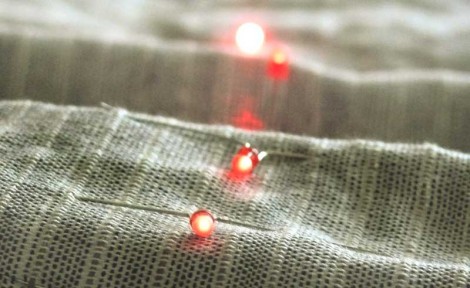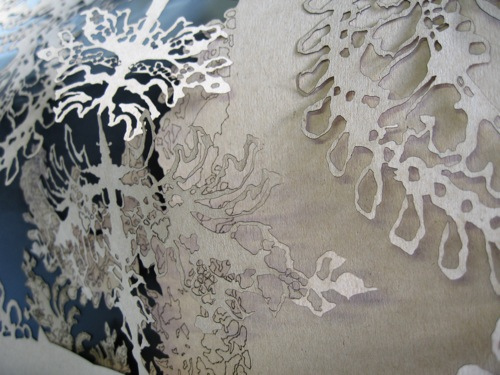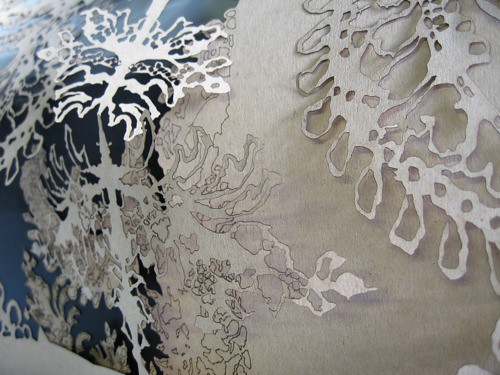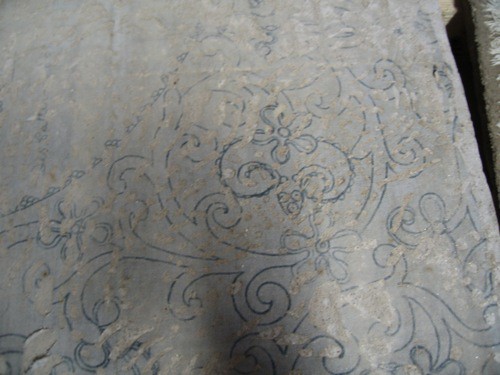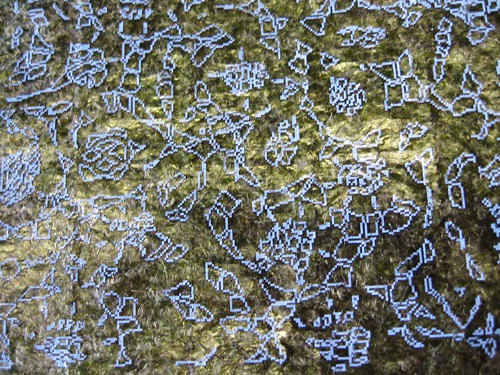 Designers Younghui Kim and Milena Iossifova Berry collaborated on HearWear, a collection of garments that visualize environmental noise. The garments detect the noise levels in the context in which you are standing, and translates the levels into light patterns. The louder it is around you, the brighter the garments become. The designers used integrated circuitry, a microprocessor, and a number of LEDs and electroluminescent wire to achieve the behavior. Here's a diagram of how it works:
Designers Younghui Kim and Milena Iossifova Berry collaborated on HearWear, a collection of garments that visualize environmental noise. The garments detect the noise levels in the context in which you are standing, and translates the levels into light patterns. The louder it is around you, the brighter the garments become. The designers used integrated circuitry, a microprocessor, and a number of LEDs and electroluminescent wire to achieve the behavior. Here's a diagram of how it works:
What I love about this project is that, according to the designers, they "work not only towards a better environmental awareness for most people, but also towards the unnoticeable integration of technology in your day to day fashion and lifestyle." As a result, they seamlessly integrate the technology into the garments in a way that is gorgeous and that informs the fashion aesthetics of the garment. For example, one skirt uses electroluminescent wire along the seams to create a pattern on the front of the skirt. Another uses painted shapes down the front that host the electronics, which creates the aesthetic pattern.



